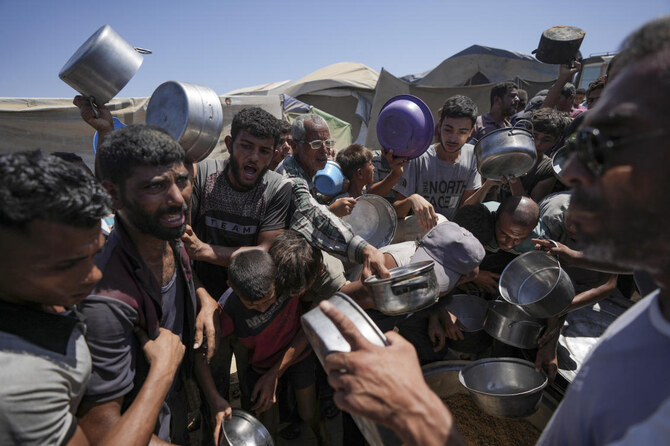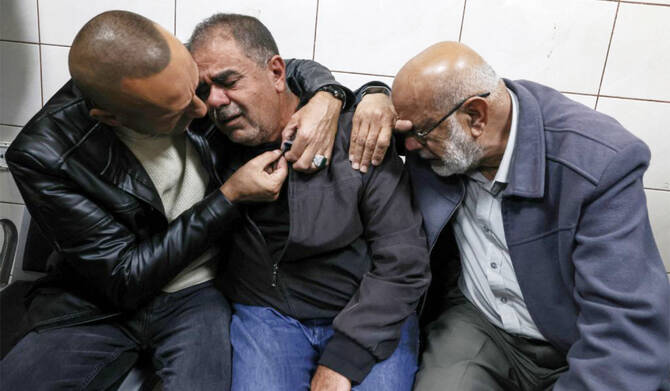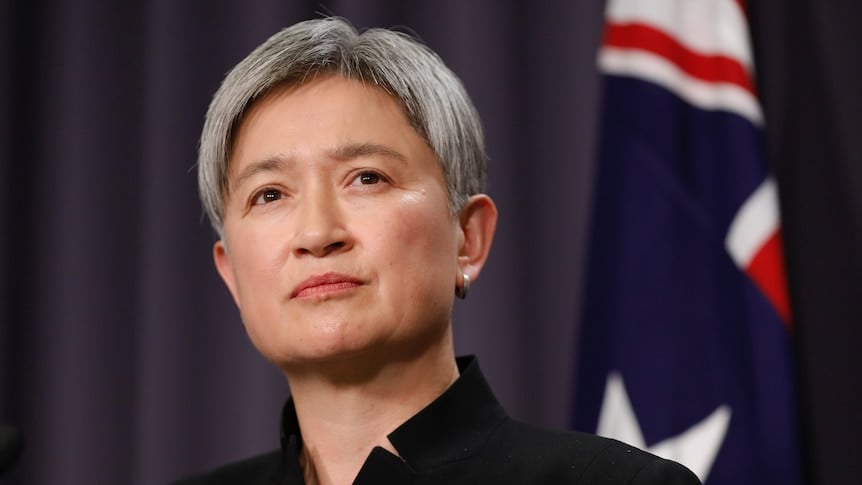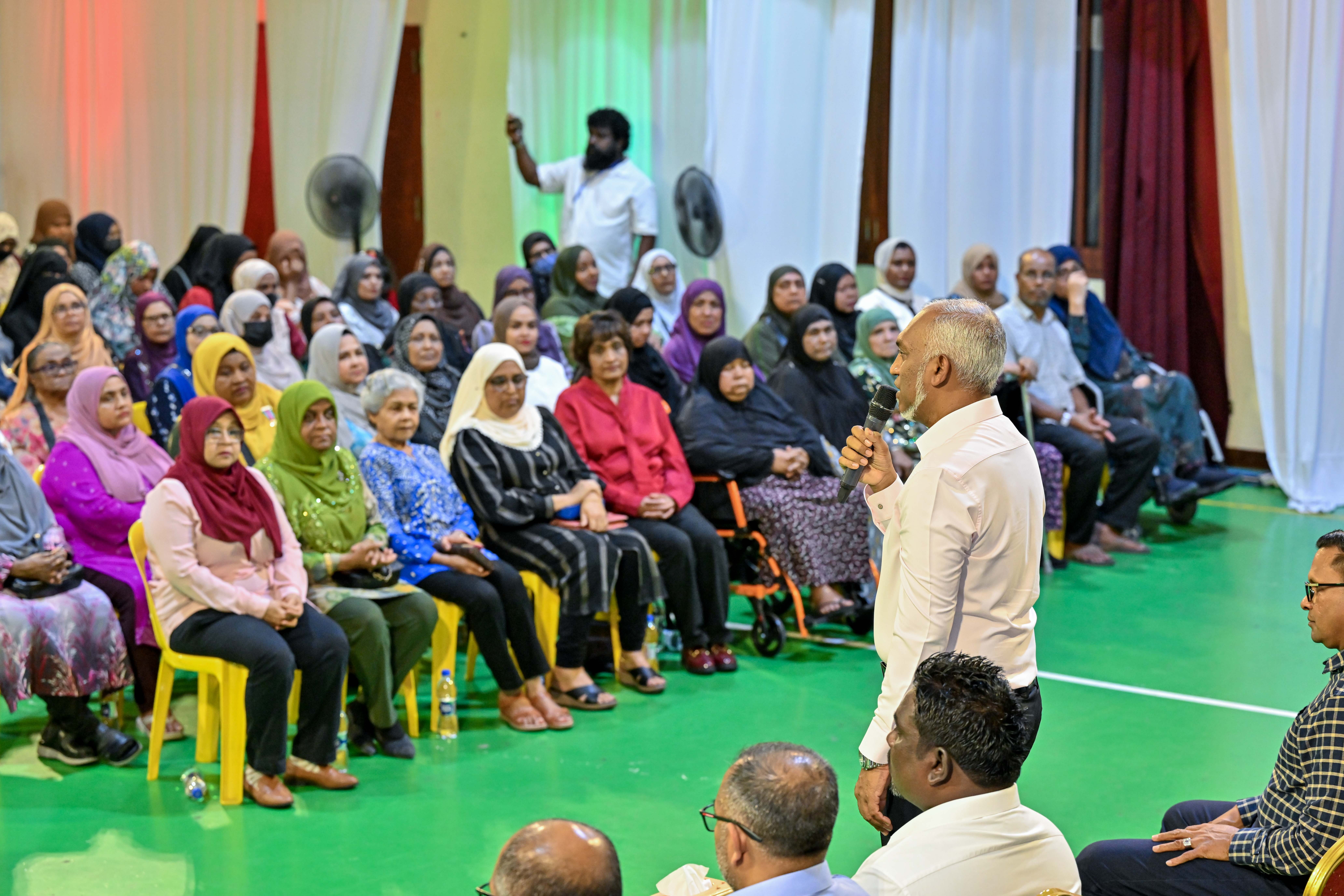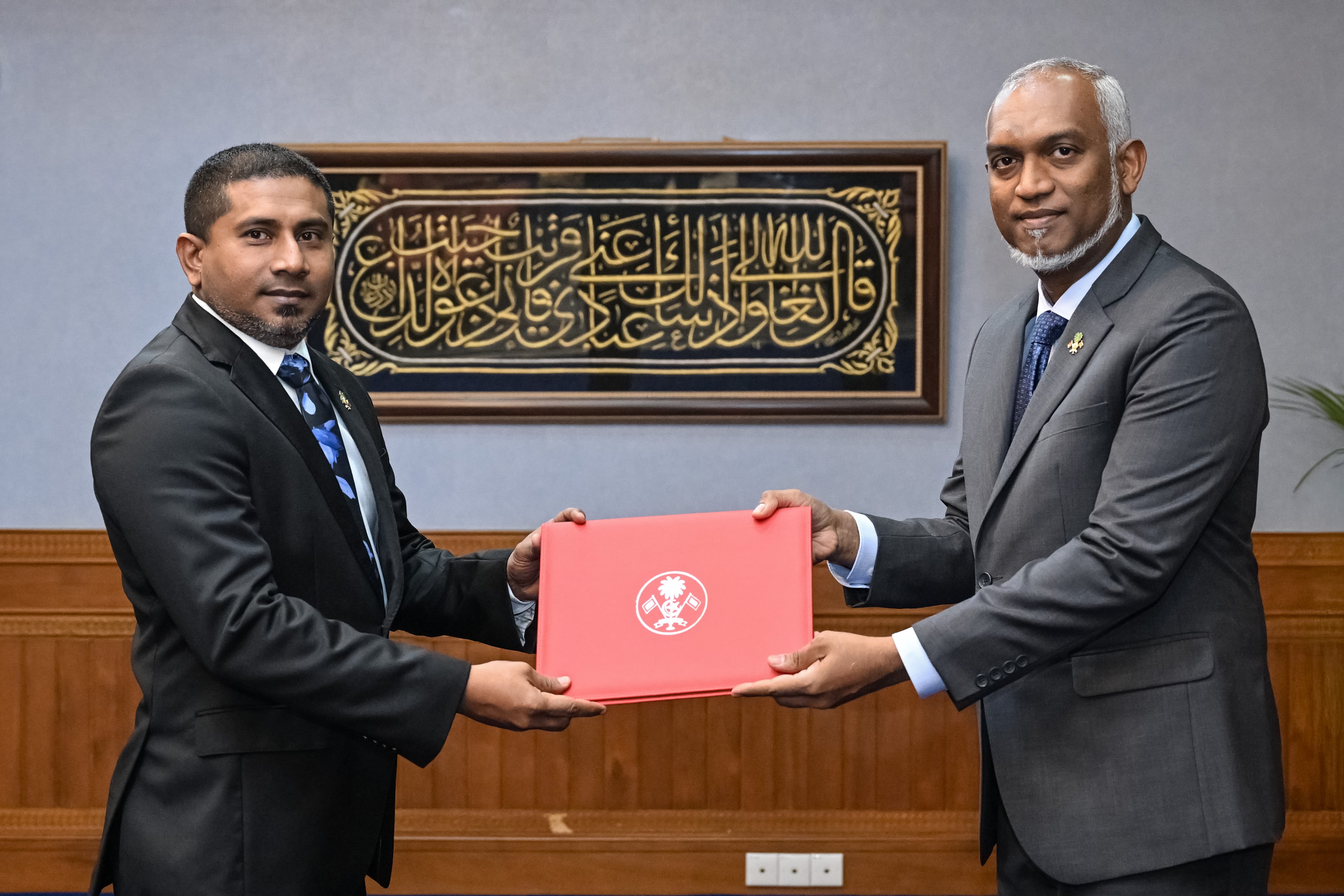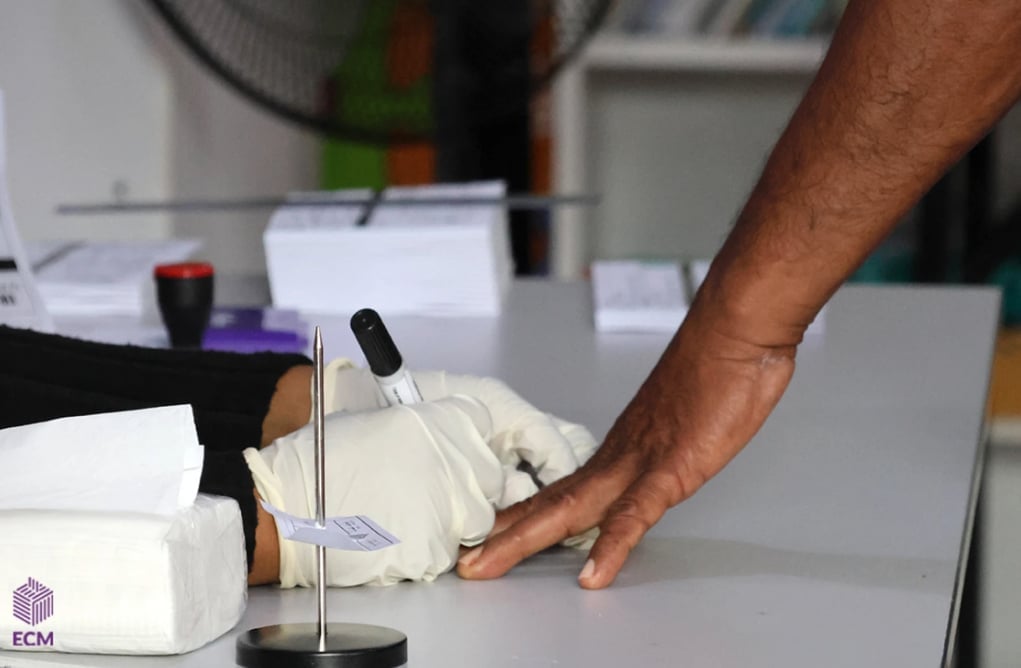Thousands of Palestinians in southern Gaza are struggling in an overcrowded “humanitarian zone” due to a series of Israeli evacuation orders. The zone, along the Deir al-Balah beachfront, has been severely impacted by these orders, which have pushed more evacuees into an area already strained for resources.
Since July 22, the Israeli military has issued thirteen evacuation orders, drastically reducing the size of the originally designated humanitarian zone. According to the United Nations, nearly 84 percent of Gaza now falls within this evacuation zone, with about 90 percent of the 2.1 million residents displaced.
The situation has become increasingly dire. On August 23, displaced families in Deir al-Balah were seen struggling to get food and water amid chaotic distribution lines. Essential supplies are in short supply, with the UN reporting a 70 percent drop in water availability in the area due to damaged infrastructure.
Water scarcity has led to sanitation issues and disease outbreaks, including Gaza’s first polio case in a ten-month-old baby. Aid efforts are also being hampered, as the UN World Food Program recently lost access to its warehouse in central Deir al-Balah due to evacuation orders.
The Israeli military defends the evacuations as a response to Hamas’s rocket launches from within the humanitarian zone, warning of further military action. Despite these claims, displaced individuals report severe shortages and even contemplate extreme measures like drinking seawater.
International mediators are working to negotiate a ceasefire between Israel and Hamas, as the ongoing conflict, which started on October 7, 2023, has resulted in extensive casualties and destruction. The crisis in the humanitarian zone highlights the urgent need for a resolution to the escalating humanitarian disaster.
Since July 22, the Israeli military has issued thirteen evacuation orders, drastically reducing the size of the originally designated humanitarian zone. According to the United Nations, nearly 84 percent of Gaza now falls within this evacuation zone, with about 90 percent of the 2.1 million residents displaced.
The situation has become increasingly dire. On August 23, displaced families in Deir al-Balah were seen struggling to get food and water amid chaotic distribution lines. Essential supplies are in short supply, with the UN reporting a 70 percent drop in water availability in the area due to damaged infrastructure.
Water scarcity has led to sanitation issues and disease outbreaks, including Gaza’s first polio case in a ten-month-old baby. Aid efforts are also being hampered, as the UN World Food Program recently lost access to its warehouse in central Deir al-Balah due to evacuation orders.
The Israeli military defends the evacuations as a response to Hamas’s rocket launches from within the humanitarian zone, warning of further military action. Despite these claims, displaced individuals report severe shortages and even contemplate extreme measures like drinking seawater.
International mediators are working to negotiate a ceasefire between Israel and Hamas, as the ongoing conflict, which started on October 7, 2023, has resulted in extensive casualties and destruction. The crisis in the humanitarian zone highlights the urgent need for a resolution to the escalating humanitarian disaster.





